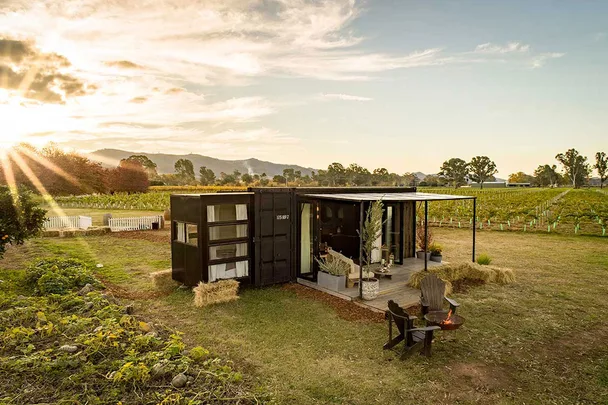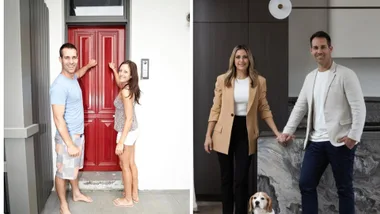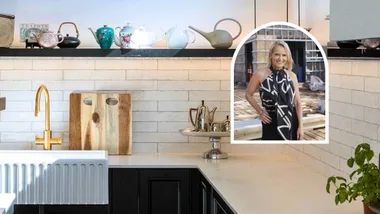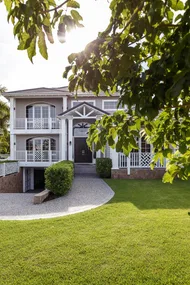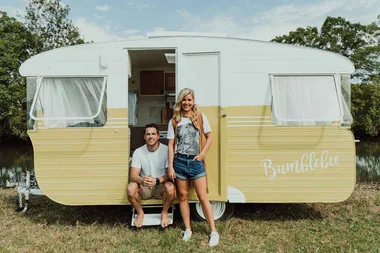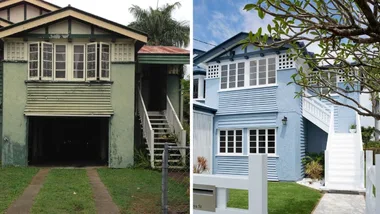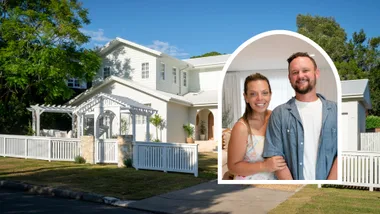As the unemployment rate increases, more people will be looking for affordable housing. Those who can will move back in with their parents, multiple single-parent families may live under one room, and industrial buildings and properties will be converted into micro, apartments, according to Ian Ugarte, property commentator, educator and Government Housing Advisor.
WATCH: House Rules warehouse conversion. Home inspiration plus…
“As a housing affordability expert I am acutely aware of the issues faced by all segments of the market – and the impact COVID-19 will have both short- and long-term on tenants and investors,” says Ian. “In the throes of the coronavirus, there is a need for people to save as much money as they possibly can. We really need to look at using adaptable housing bearing in mind the high unemployment rate that we are going to be facing. The biggest bang for the buck is accommodation – with the issue of affordability being at an all-time high. So any place that is costing less to live is of very much importance right now.”
Here, Ian shares some of his future housing ideas, predictions and suggestions, so that those who most need it may have an affordable place to call home…
1. Reduce your rent and share the space
It’s not uncommon to pay $700 per week rent for a small 2 bedroom house or apartment in Sydney. Seriously. And if you are a single mum working round the clock to pay that, and childcare, and have dinner on the table, you will need to make changes. Very soon. Likewise for any renter who’s working basically to pay the rent. “If people are renting, they should look for smaller co-living or communal living properties with their own self-contained micro-apartment and a main communal area,” Ian advisers.
“The benefits of this style of living are:
- It creates a reduction of half to 1/3 of what is a normal weekly rent.
- It decreases maintenance – as occupiers only need to look after one small area.
- The cost of utilities are generally included.
- Now more than ever, it connects people to a household community, so they don’t feel so isolated.
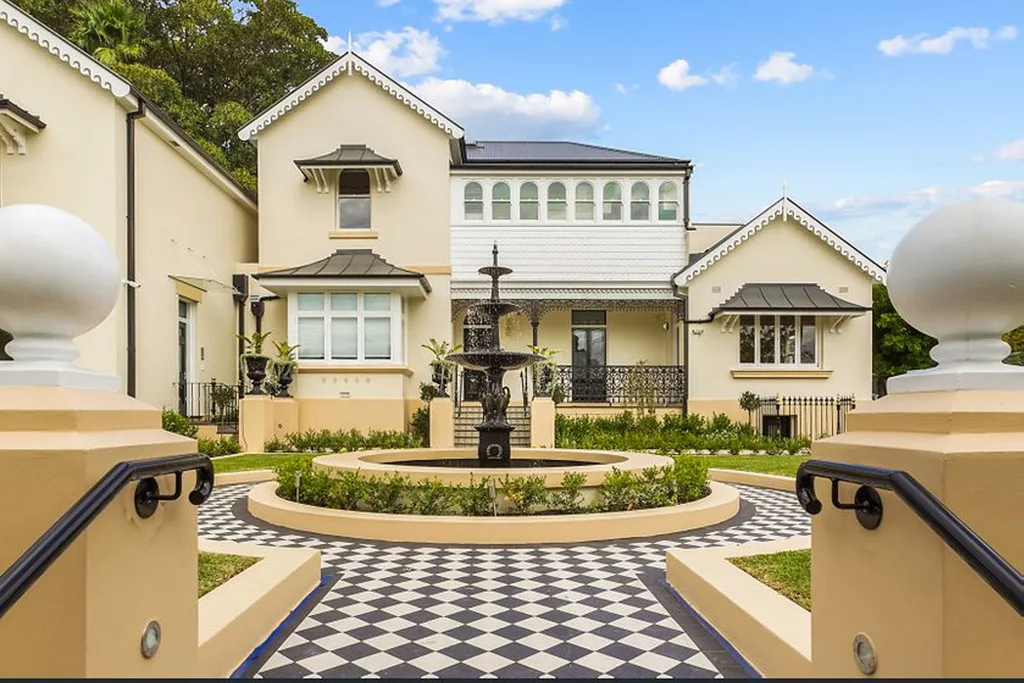
2. Property owners should rethink their floorplans
If you are a property owner or renovating your home, heed this advice… “As a property owner, you can either build a brand-new property, or do a conversion and retrofit of an existing property into smaller micro-apartments with a communal living space,” suggests Ian. “This is achievable by utilising unused and unknown policies that exist all over Australia.” Speak to savvy architects and builders to find the loopholes.

3. Become a rentrepreneur
Aren’t a homeowner? That’s fine – there’s a way to be rent smart and have a safe roof over your head. “If you currently rent an existing property, you can seek approval from the owner to be able to retrofit their property and become a ‘rentrepreneur’,” suggests Ian. “By doing this and bringing other people in to the house, you will have your own rent paid while creating community and affordability for others.”

4. Buy into adaptable housing
The great Aussie home dream has usually been centred around a three-bedroom brick veneer house. In China, a traditional ‘Chinese courtyard house’ has stand-alone buildings all facing in on a communal courtyard where the families from each residence gather. This means grandparents, children and adult siblings can not only access affordable housing, but family can also share care for children the elderly, the cooking, cleaning and other domestic duties.
Australia is at serious risk of homelessness – not only due to the COVID-19 pandemic, but Australian women who were stay-at-home-mums for much of their lives and then suddenly found themselves divorced with little or no income prospects or superannuation – and entering the twilight years – are at serious risk.

We need to rethink our ‘homes’. “There needs to be a direct movement in the property market to create housing that offers flexibility in its living options,” suggests Ian. “That means adaptable housing that caters for different residents at any point in time. A house now and into the future should be able to cater for singles and couples, siblings living together, friends living together, teenagers with parents, grandparents in multi-generational housing and un-related parties living together and home office spaces.”

5. Turn commercial buildings into urban dwellings
“With so many commercial buildings looking to be empty into the future, the owners of those buildings should create the ability to have the home office space combination brought into the same building,” advises Ian. “The office infrastructure is already set up. If those buildings are converted to home office spaces then an employer can offer employment and housing at the same time.”

You might also like:
How COVID-19 will impact house prices in the next 3, 6, 12 months?
Cornovirus update: How to clean your home
